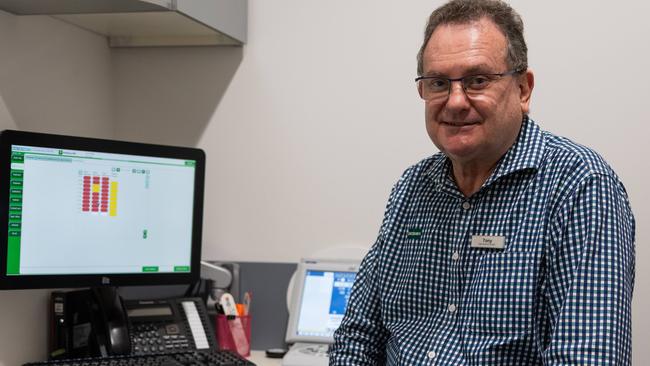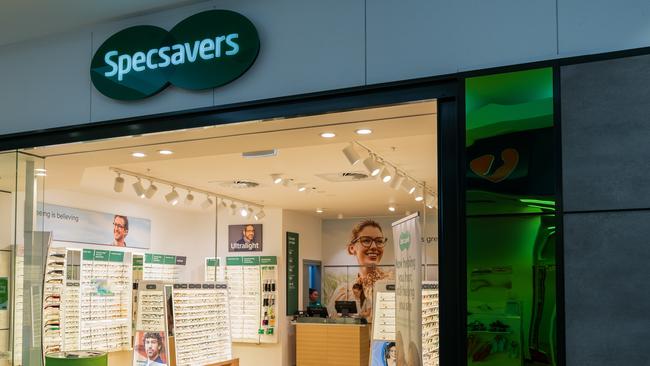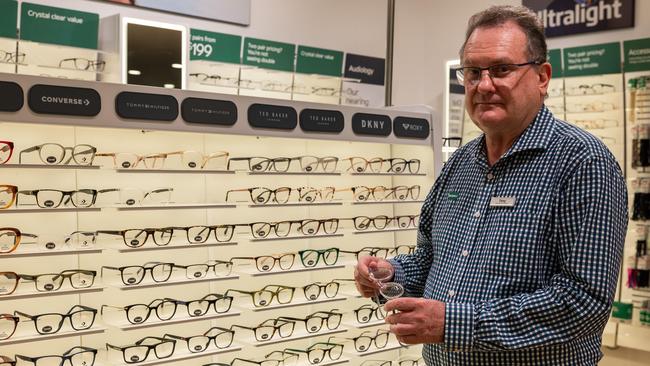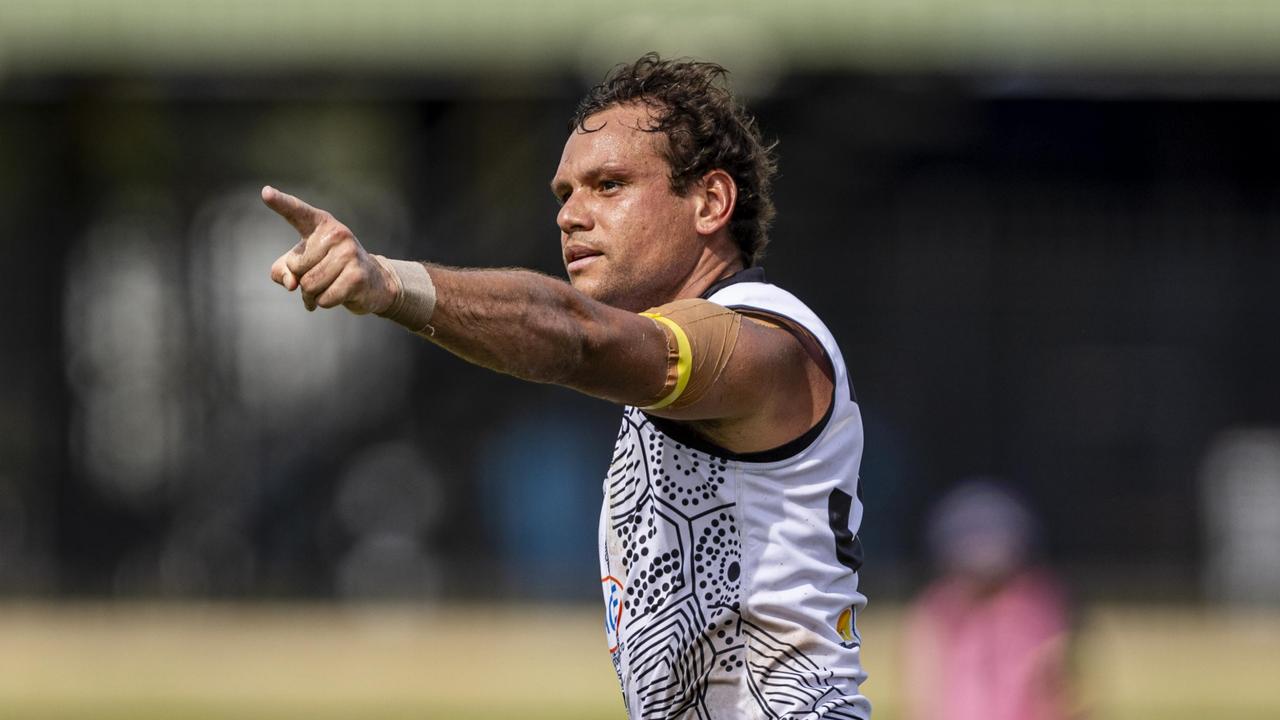Myopia, short-sightedness, on the rise for children, according to new research by Specsavers
Short-sightedness is on the rise among Australian children, overtaking other childhood health concerns, according to new research. Find out how parents can reduce the risk.

News
Don't miss out on the headlines from News. Followed categories will be added to My News.
Short-sightedness is on the rise for Australian children, overtaking other childhood health concerns including obesity and allergies, according to new research.
The research by Specsavers found 73 per cent of Australian children were not following the World Health Organisation’s recommended two hours per day outdoors, placing them at high risk of developing myopia, also known as short-sightedness.
If Specsavers’ recommended guidelines – such as increased time outdoors, screen-time management and regular eye tests – are to be adopted, the likelihood of children developing myopia will reduce, they claim.

While 82 per cent of parents associated excessive screen time with the risk of myopia, Specsavers said the real issue lay in lengthy engagement in ‘near work’ activities indoors, rather than outdoors.
‘Near work’ activities included watching TV, using tablets, playing computer games and close-up work such as reading and homework.
The research revealed myopia had surpassed other childhood health concerns – including obesity, allergies, and broken bones – as a pressing issue for Australian parents.

Left untreated, myopia can progress rapidly, leading to higher risks of serious eye conditions like retinal detachment and glaucoma later in life.
15 per cent of children have never had an eye test and only 11.5 per cent have one every four to five years.
Tony Hill, an optometrist at Specsavers Palmerston, said myopia awareness was critical.

“The cost of treating these conditions would be a burden on healthcare systems, and the evidence now supports the idea that we can slow down or even stop the progression of myopia,” he said.
“While we can’t reverse myopia entirely, we can significantly slow down its advancement.”
Darwin Specsavers Optometrist Teagan Lehman said children who spent less than two hours per day outside were more likely to develop myopia.
“Exposure to natural light helps regulate the release of dopamine in the retina”, she said.
“This neurotransmitter plays a critical role in controlling the growth of the eyeball.
“Spending more time outdoors, taking regular screen breaks and making an eye test a ‘back to school’ priority will help keep your child seeing better for longer.”
The Specsavers Kids Eye Health research sample comprised of 1121 Australian parents aged 18 and above who have one or more children aged 3 to 12.
More Coverage
Originally published as Myopia, short-sightedness, on the rise for children, according to new research by Specsavers




